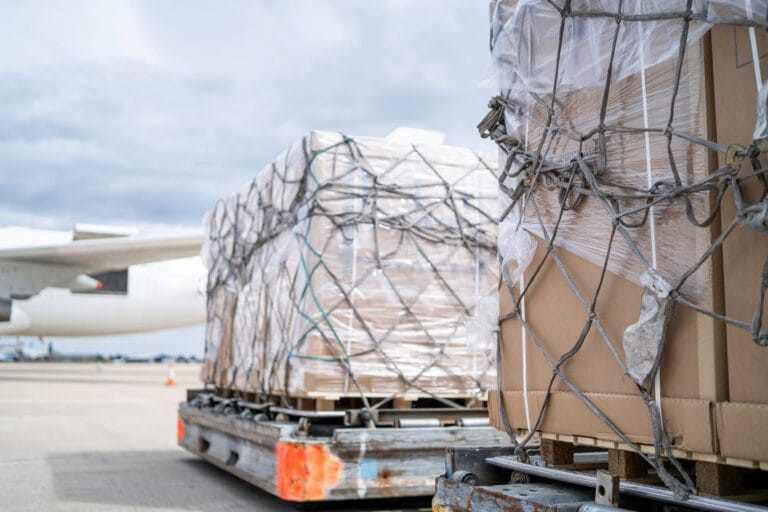As international supply chains become increasingly complex, the demand for automation, datadriven decision-making, and seamless logistics operations has never been greater. While digitalisation promises enhanced efficiency and transparency, challenges remain in integrating new technologies across a highly fragmented industry.
Urgency of digitalisation
The global logistics sector has long grappled with inefficiencies stemming from manual data entry, lack of real-time visibility, and outdated infrastructure. Industry leaders agree that the time for digitalisation is now.
“Logistics has always been a fragmented industry with inefficiencies rooted in manual processes. The key to solving these challenges lies in an end-to-end digital solution that enhances visibility, efficiency, and decision-making,” says Amit Maheshwari, CEO and Founder at Softlink Global.
While some companies have successfully transitioned to digital platforms, many still struggle with legacy systems that hinder seamless operations. Freight forwarders and cargo handlers must adopt integrated solutions that cover the entire logistics lifecycle—from acquisition and documentation to customs clearance and last-mile delivery. Bridging the divide Despite technological advancements, a lack of connectivity and real-time data accessibility continues to be a bottleneck.
Kunal Maheshwari, a Chief Growth Officer at the Softlink Global, highlights the gap by stating that, “The logistics industry is evolving, but many tasks remain outside systemised processes, impacting operational transparency. Our focus must be on automation, AI-driven analytics, and seamless system integration.” Artificial intelligence and machine learning (ML) are being increasingly leveraged to optimise supply chains, enabling predictive analytics for better decision-making. AI-based shipment tracking, automated workflows, and smart routing are helping logistics companies reduce costs and improve efficiency.
“AI is not just a buzzword; it is a game-changer in logistics. By leveraging ML for predictive analytics and real-time decision-making, we can ensure faster, more efficient, and cost-effective operations,” says Kunal Maheshwari. Global push As global trade routes expand, logistics companies are setting their sights on emerging markets in Africa, Southeast Asia, and Central Asia. These regions present significant opportunities for logistics firms willing to invest in digital solutions.
“Kenya is the gateway to Africa, and the potential for logistics expansion in the region is immense. With increased investment in infrastructure and technology, the region is poised for significant growth,” notes Amit Maheshwari. Similarly, Central Asia’s logistics landscape is evolving, with countries like Kazakhstan, Uzbekistan, and Georgia increasingly adopting digitised customs processes and freight management systems. However, regulatory challenges and infrastructure gaps remain hurdles to full-scale adoption.
The next decade
While digitalisation has made headway, the real transformation lies in the application of AI, blockchain, and process automation. These innovations can significantly enhance cargo tracking, customs clearance, and global supply chain visibility. “The challenge isn’t AI itself—it’s how we apply it to solve real-world logistics problems. AI can optimise routing, automate documentation, and enhance supply chain visibility. However, without accurate data, its full potential remains untapped,” says Kunal Maheshwari.
Blockchain is another frontier that holds promise for secure and transparent trade transactions. Companies are experimenting with blockchainbased platforms to reduce fraud, enhance regulatory compliance, and improve overall supply chain trustworthiness.




